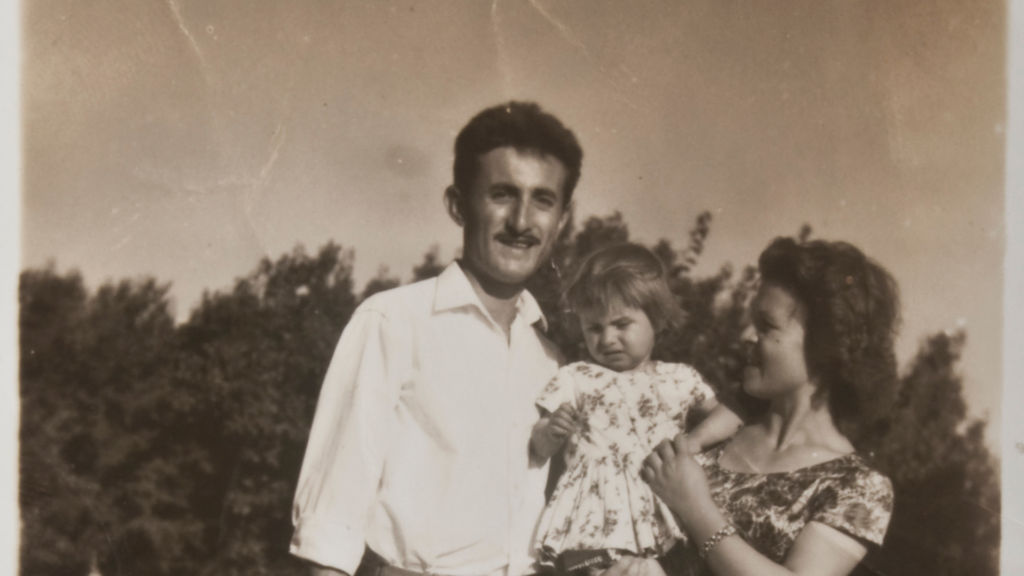4 Tips for Finding Italian Ancestry
4 Tips for Finding Italian Ancestry

Tracing your own Italian genealogy is a fascinating and rewarding project that will put you in touch with your heritage and reconnect you with family and friends, and tracing your journey might be easier than you think.
It may also reveal new insights and opportunities, such as the ability to obtain dual citizenship. The process of tracing your family tree starts with interviewing relatives, researching passenger lists, reviewing census information, and tracking down things like birth, baptism, marriage, and burial records.
1. Interview Living Relatives
One of the best ways to start to find Italian family lineage is to ask your family members about everything they know about your family history in terms of your Italian ancestors.
Specific information to gather from your family connections includes:
- The last names, including maiden names, of your grandfathers and grandmothers, great-grandfathers and great-grandmothers, or other relatives that immigrated from Italy
- If names changed during immigration, ask about the original form of the name
- The villages or region of Italy your family originated from—knowing the ancestral town is very helpful
- The birth, marriage, and death dates of your ancestors and close relatives
- The dates of immigration or travel between Italy and the United States
- Any other family documentation or family history research you can gather
2. Gather Ancestral & Naturalization Information from the US
The first step in tracing your Italian ancestry is to locate their birth certificates. If you’re unable to locate these documents, you’ll want to obtain a certificate of baptism as well as marriage records and death certificates.
You can look through the American Community Survey (ACS) records maintained by the US Census Bureau. Here you’ll find a host of data about your ancestors, including dates and places of birth, along with residence information.
You can also use an online service that specializes in Italian genealogy research or you could hire a professional to locate your genealogical records.
Once you’ve researched your Italian ancestry through these records, the next step is to obtain naturalization records at your regional National Archives and Records Administration (NARA).
In cases where your ancestors were never naturalized, did not give up their citizenship, or had children before they became a naturalized citizen of the US, your right to dual citizenship might still be intact.
3. Search Passenger Lists and Manifests
Now you need to find out how and when they arrived in the United States.
Passenger lists can be found online, and you should search all the names you have identified. Italian women often traveled under their maiden names.
These lists contain information about whether passengers have traveled to the United States before, and sometimes if they plan to return and their village of residence.
4. Locate Historical Italian Records
Once you have basic and naturalization information about your ancestry, you’ll want to request specific information from the vital records office in Italy. Finding Italian birth records and other state vital records will depend on accurately identifying where those life events took place, because these records are kept at the local township or comune level.
You can contact the Ufficio dello Stato Civile for civil records, the Italian State Archive for military records and census information, or local parishes for Italian Catholic records. If you will be pursuing dual citizenship based on your Italian heritage, the Italian consulate requires all of these records in Formato Internazionale, also known as long form.

Find Out If You Qualify for Italian Dual Citizenship
One reason people embark on genealogical research is to find out if they might qualify to become a dual citizen. Italian heritage research will help you identify all of your ancestors, answer these important questions, and prepare your application for citizenship.
The Italian American Citizenship Assistance Program Can Help
Researching your ancestry can help you explore your heritage and experience all that Italy has to offer. If you qualify to become a dual citizen, you could live or work in Italy as long as you wish.
In order to make the dual citizenship process smooth, help from the Italian American Citizenship Assistance Program is your best bet. We’re up to date on the latest laws, practices, and requirements, to ensure we can help people gain that citizenship with no problems.
Call our team today at (877) 456-1660 to get started. We offer a free consultation so you can make an informed decision about the best route for you.

